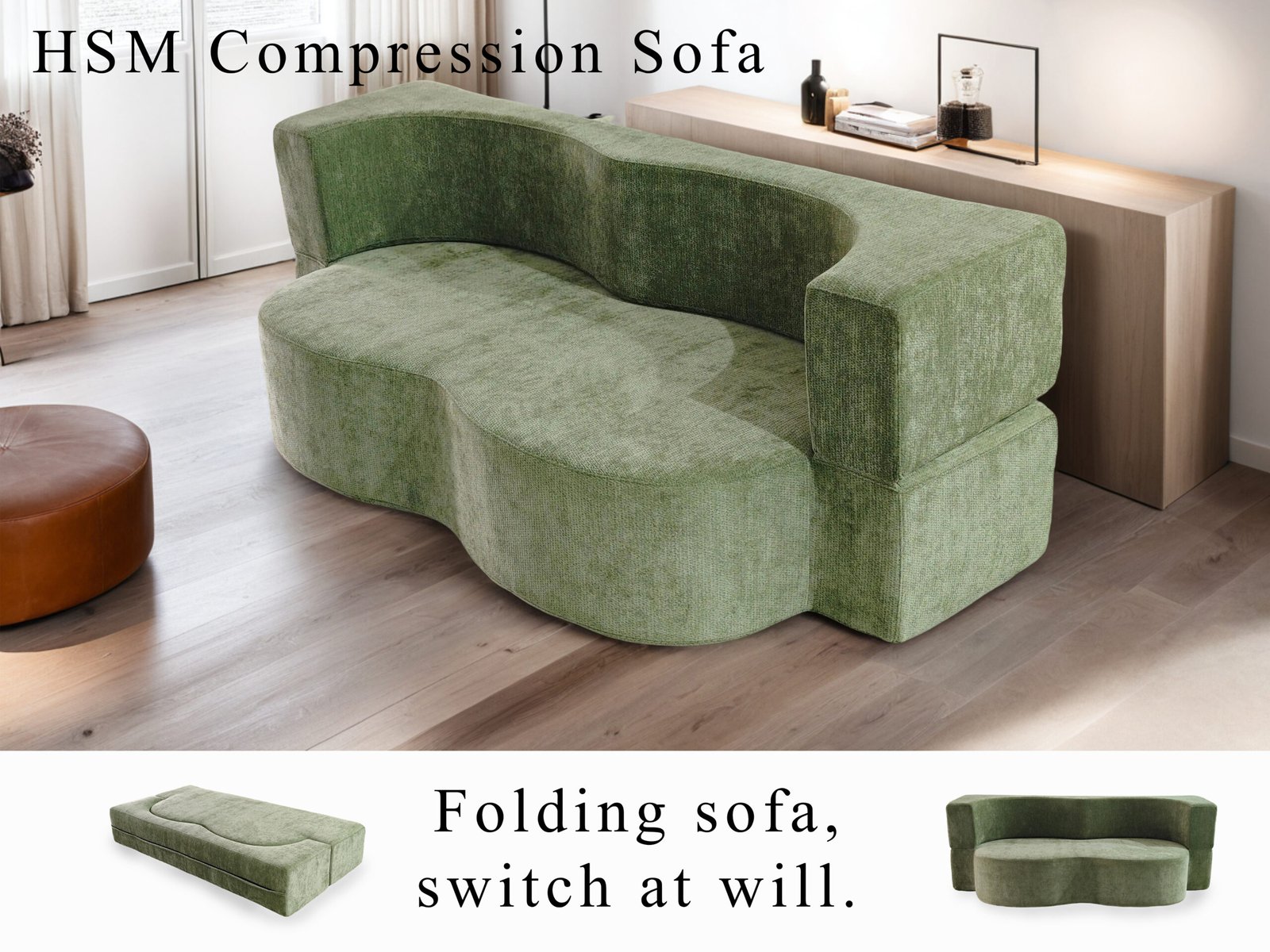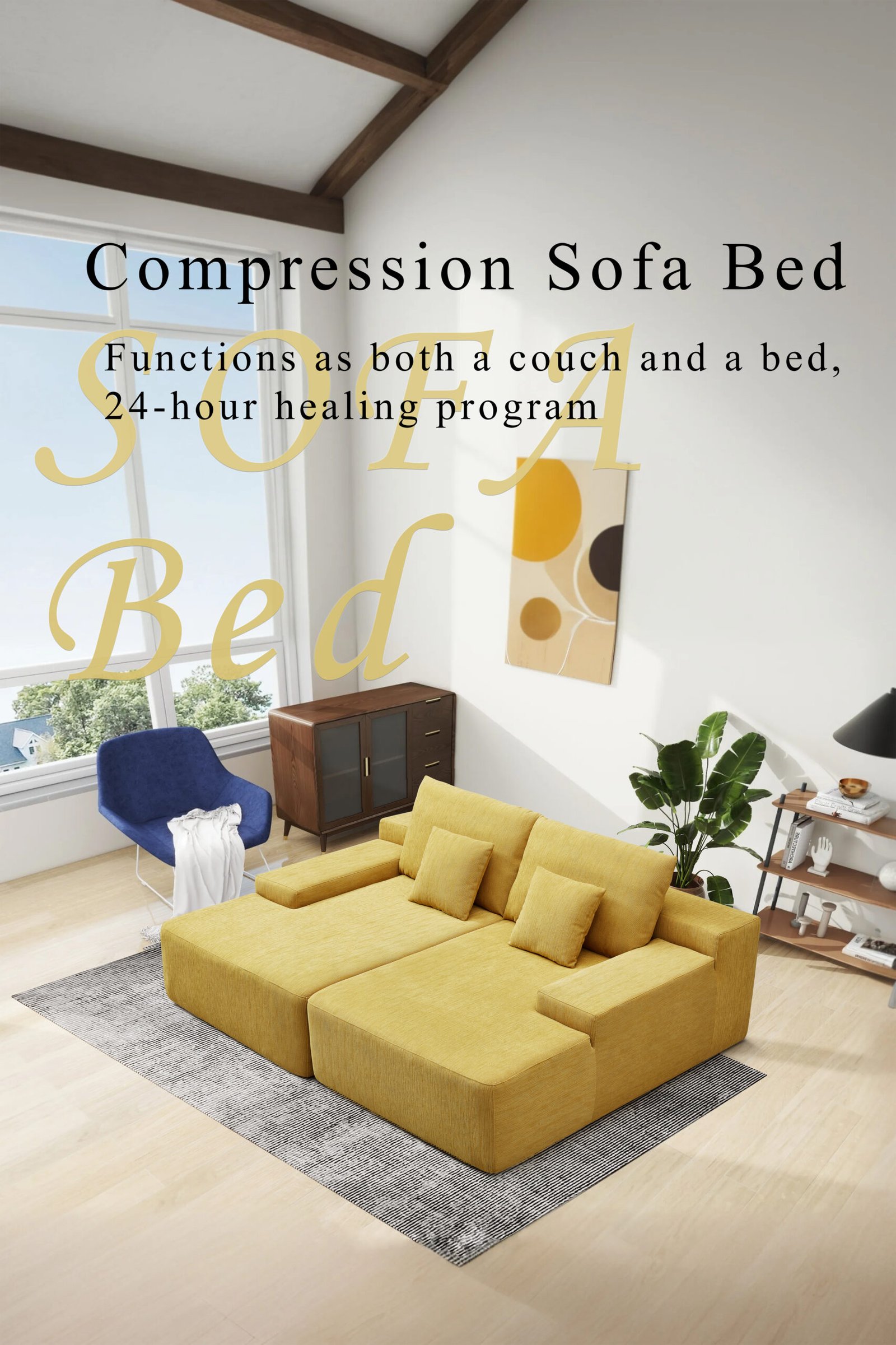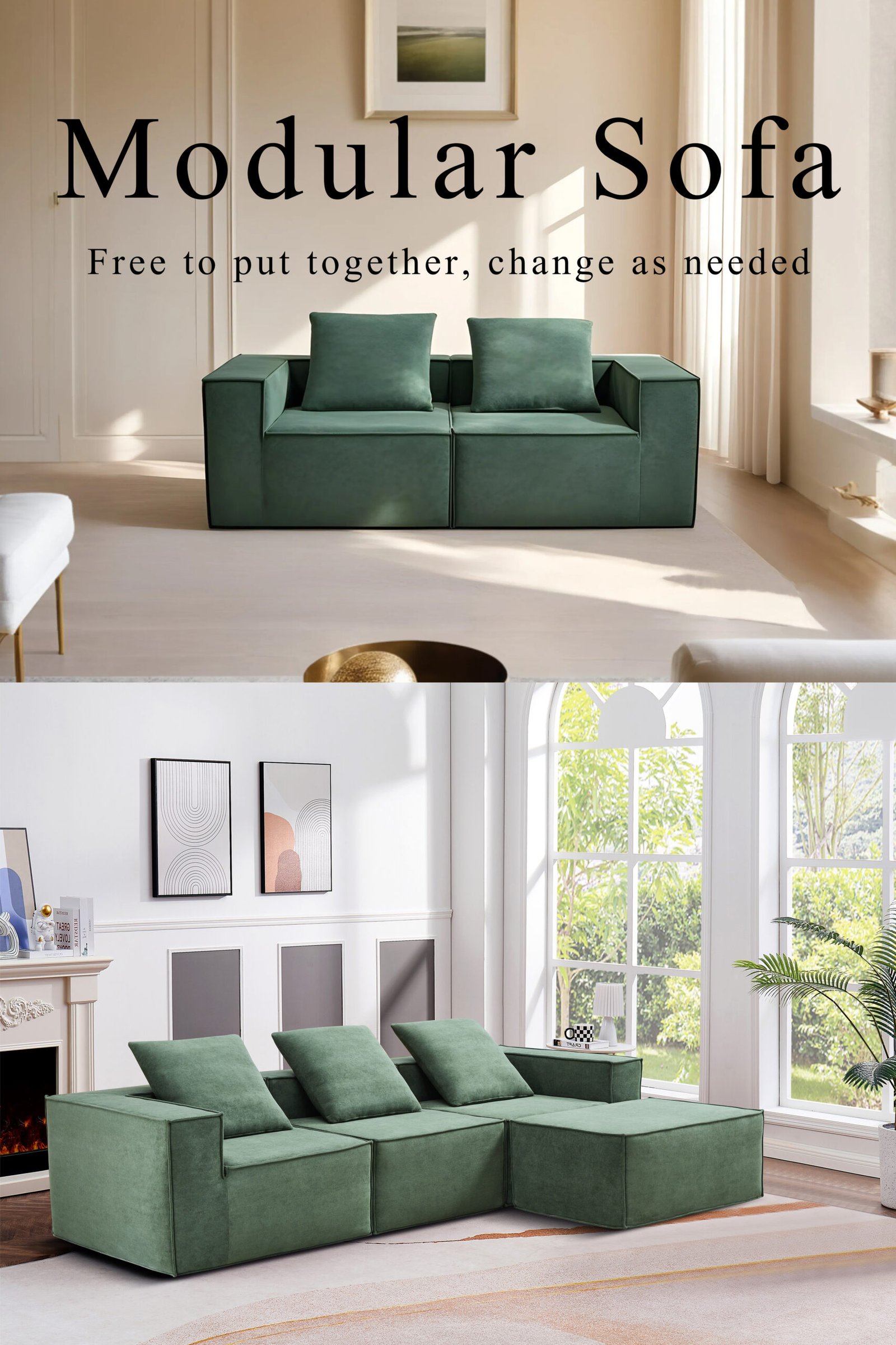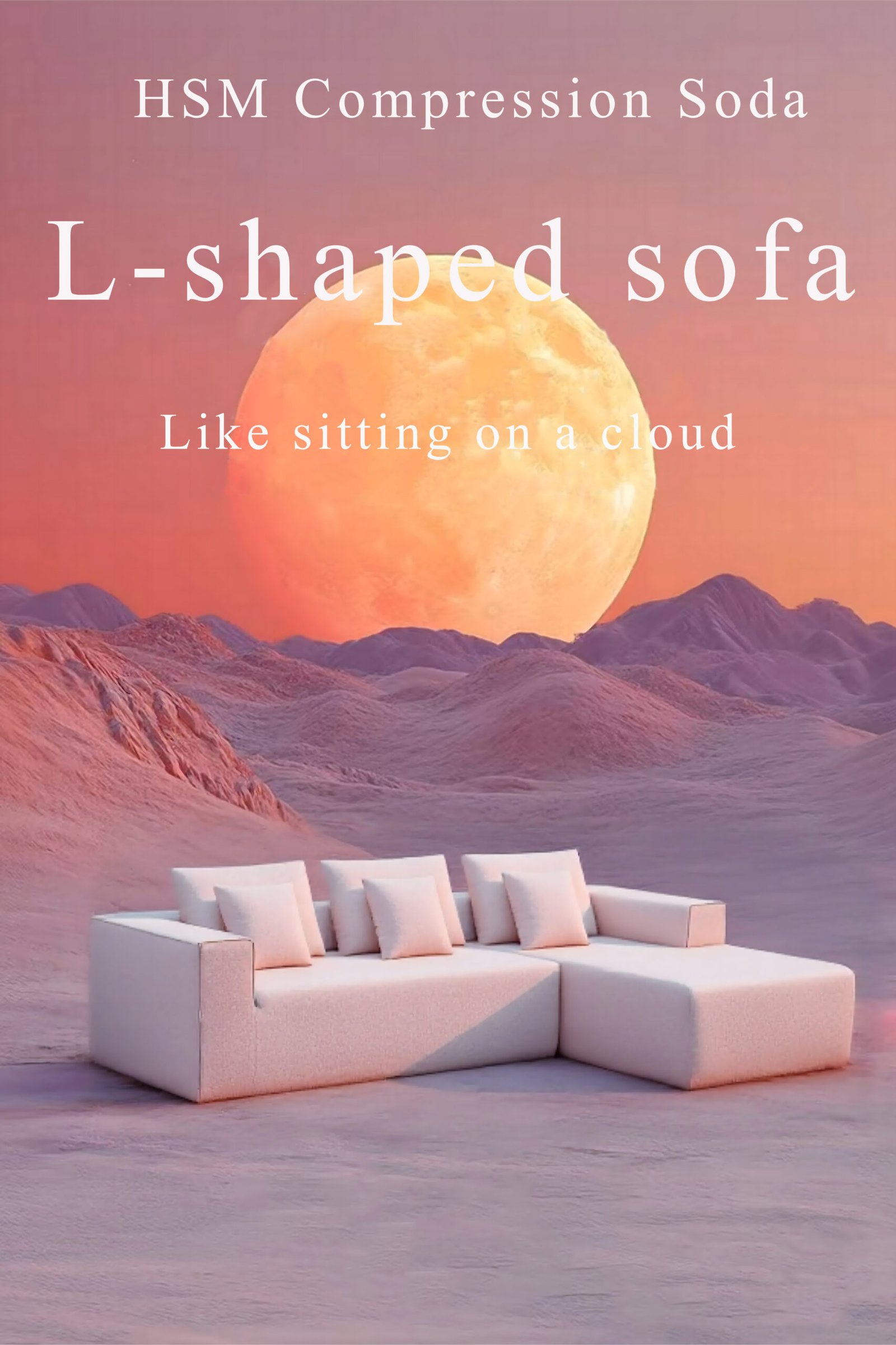
Thinking about adding compressed sofas to your product line or living space? Before you make a decision, it’s crucial to understand what they’re made of.
Compressed sofas typically consist of high-density or memory foam, durable fabric coverings, engineered wood or metal frames, and flexible spring systems—all optimized for compression, comfort, and durability.
Each material is selected to strike a balance between compact shipping, long-term performance, and user comfort. Let’s unpack the key components.
What types of foam are used in compressed sofas?

The heart of any sofa is its cushioning—and with compressed sofas, not all foam is created equal.
Most compressed sofas use memory foam, high-density polyurethane (PU) foam, or hybrid foam layers to ensure shape retention, comfort, and compression recovery.
In our HSM lines, we often layer different foam types to combine support with plushness, especially in modular or foldable designs.
Common Foam Types:
| Foam Type | Features | Best For |
|---|---|---|
| Memory Foam | Contours to body, pressure relief | Premium comfort and luxury seating |
| High-Density PU | Firm, resilient, shape-holding | Base cushions, long-term support |
| Recycled Foam | Eco-friendly, mixed foam fragments | Budget-friendly and sustainable models |
| Latex Foam | Bouncy, natural, antimicrobial | Eco-luxury or hypoallergenic options |
Foam is what allows compressed sofas to “bounce back” after unboxing. It’s a critical material for both comfort and logistics.
What fabric coverings are used in compressed sofas?

The cover isn’t just about color—it impacts texture, breathability, and cleanability.
Compressed sofas are usually covered in synthetic blends like polyester or microfiber, though cotton, linen, and eco-leather are common in higher-end versions.
These fabrics are chosen for flexibility (to handle compression), stain resistance, and durability under repeated use.
Fabric Types Overview:
| Material | Pros | Common Use |
|---|---|---|
| Polyester | Durable, wrinkle-resistant, budget-friendly | Entry-level and mid-range sofas |
| Microfiber | Soft, suede-like, stain-resistant | Family- and pet-friendly models |
| Cotton | Breathable, natural feel | Eco-conscious customers, casual spaces |
| Linen Blends | Cool touch, upscale look | Designer-focused or light-use settings |
| Faux Leather | Wipeable, modern aesthetic | Minimalist and rental units |
| Real Leather | Premium, long-lasting, ages well | Luxury product lines |
I always recommend offering fabric swatch kits to buyers—texture matters more than photos can show.
What types of frames support compressed sofas?

A strong frame ensures your sofa stays firm, even after being vacuum-packed and reassembled.
Most compressed sofas use engineered wood, plywood, or metal frames—designed to be strong, lightweight, and modular for shipping and assembly.
We often use kiln-dried plywood reinforced with metal brackets to ensure stability without excess weight.
Frame Materials:
| Frame Material | Strength | Key Benefits |
|---|---|---|
| Engineered Wood | Medium | Lightweight, low cost, stable |
| Plywood (5–9 ply) | High | Strong core structure, easy to shape |
| Metal (Steel) | Very High | Ideal for modular and recliner designs |
| Hardwood (Oak) | Premium | Used for long-term or luxury products |
Frame choice influences assembly method—screw-in, click-fit, or slide-lock frames are all options depending on material.
What spring systems are used in compressed sofas?

Springs don’t just add bounce—they define the feel and support level of the seat.
Compressed sofas use sinuous springs, webbing, or pocket coils depending on the style and price tier.
We’ve found sinuous springs strike the best balance between support, compressibility, and cost.
Spring Systems:
| Type | Description | Use Case |
|---|---|---|
| Sinuous Springs | Zig-zag steel wires | Mid-range and high-volume products |
| Webbing Belts | Woven elastic or jute strips | Entry-level or lightweight models |
| Pocket Coils | Individually wrapped coils | Premium or sofa-bed hybrid models |
| No-Spring Foam | Pure foam support | Budget or ultra-light designs |
Spring choice affects packaging dimensions and unboxing ease—critical for e-commerce logistics.
Are any sustainable materials used?

Consumers care more than ever about what goes into their furniture—and where it ends up.
Eco-friendly compressed sofas use recycled foams, FSC-certified plywood, water-based adhesives, and OEKO-TEX® certified fabrics.
At HSM, we now offer a full eco-line with:
- 100% recycled PET fabric
- Bio-based soy foam blends
- Non-toxic finishes
- Recyclable flat-pack cartons
These materials meet EU, US, and Canadian green product standards—and they sell fast to eco-conscious markets.
Conclusion
Compressed sofas are made with carefully chosen materials that balance comfort, flexibility, and sustainability. From foam to frames to fabrics, every component matters—and understanding them helps you choose (or sell) smarter.